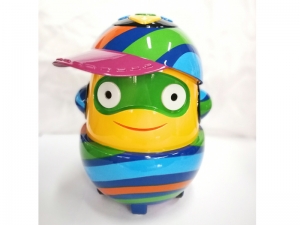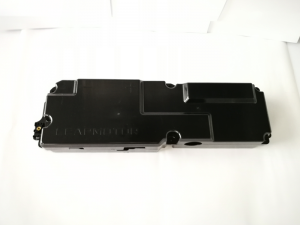+1 270-792-5768
+1 270-792-5768

The Hobby table is designed with the best height, reduced weight, smooth and textured surfaces and materials safe for children’s use.
read more
ADELE FEELING ROBERTS(NEXT 1.0) is a kind of robot that is able to walk which is applicable to children over 3 years old. plastic toy injection molding ABS housings with environmental protection painting. Safe and non-toxic. Certification: China Compulsory Certification(CCC)
read more
Product introduction: Love light is applicable to the interior of the lady handbag, with lighting and decorative functions in one.
read more
The plastic molds for Power battery module of new energy automobile, The plastic molds for container of Ternary lithium ion battery and the molds for lithium iron phosphate battery.
read more2024-08-12
Copyright © Kenmold China All rights reserved. Powered by dyyseo.com
Hot Tags :
Friendly Links :
We value your privacy
Kenmold China use cookies to monitor surfing behaviour on our website. This helps improve the website, makes the website work properly, creates a link with social media, analyses website traffic, and recognises you and your preferences on your next visit. By clicking I agree, you consent to the placing of cookies as further described in our Privacy Statement.
The professional team to service !
 +1 270-792-5768
+1 270-792-5768 +1 270-282-2096
+1 270-282-2096 info@kenmold.com
info@kenmold.com skype@kenmold.com
skype@kenmold.com